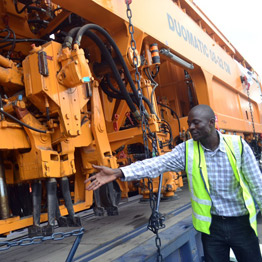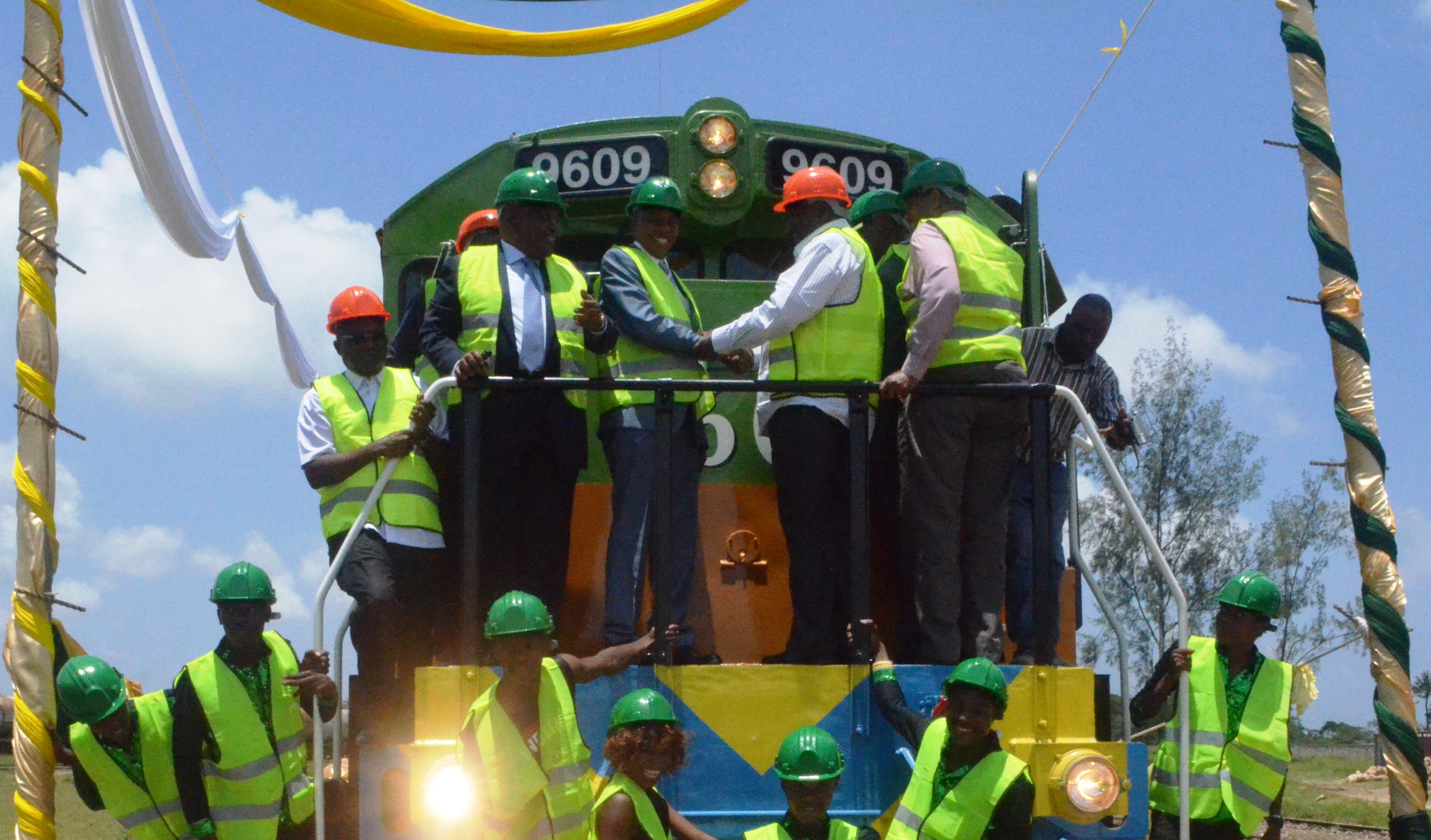Kenya Boosts Its Railroad Fleets By 9 Locomotives, Awaiting 11 More Come April 2015
December 27th, 2014, The Rift Valley Railway (RVR) received its special cargo at the Port of Mombasa; three new locomotives imported from the United States. These locomotives belong to the new 96 class 12-cylinder, turbo-charged engines manufactured by General Electric. These cargos are part of RVR long term plan of replacing its current fleet of locomotive that have been said to be nearly obsolete.


RVR is making strategic investments in improving its locomotive fleet in a move calculated to make it compete better against trucks in the transportation of bulky and heavy cargos across East Africa.
Stats show that in the 2013, RVR ferried about 1.2 million tonnes cargo a drop from the 1.3 million tonnes cargo ferried in 2012. A strong indication that trucks are gaining the market share as far as the local logistics market is concerned.
Omondi said the new fleets are meant to ensure that more cargo are moved out of the port in order to ease congestions. He further said that RVR has ordered a total of 20 locomotives and has so far received nine locomotives. The remaining eleven locomotives are expected to be shipped to Kenya by April, 2015.
The company is expected to combine the new locomotives with its current fleet of locomotives some of which are currently being rehabilitates at its Nairobi workshop. The company is also embarking on heavy investments to acquire more modern and powerful locomotives, upgrading its infrastructure and incorporate modern rail operating technologies. The end goal being increasing the volumes of cargo it can transport across East Africa and cut down on transit times between the port of Mombasa and Kampala by more than 40 percent.
The company also began a training program for its 135 locomotive drivers in October, 2014. The program cost about $1.76 million (Ksh. 160million) and involves the use of simulators meant to improve the drivers’ skills and performance as well as improving efficiency in operating the trains. The simulator allows inputting of data collected from different sections of the railroad in order to simulate a wide range of operating parameters. Additionally the simulator room has an actual sized driver’s cabin fitted with real-life sound cues.
The drivers navigate the train (simulation) through a big video display of the track, while being helped by an on-board computer and monitors that help it operating the train. The simulator was manufactured by the New York Air Brake Corporation, a world renowned producer of high-tech train control system.




